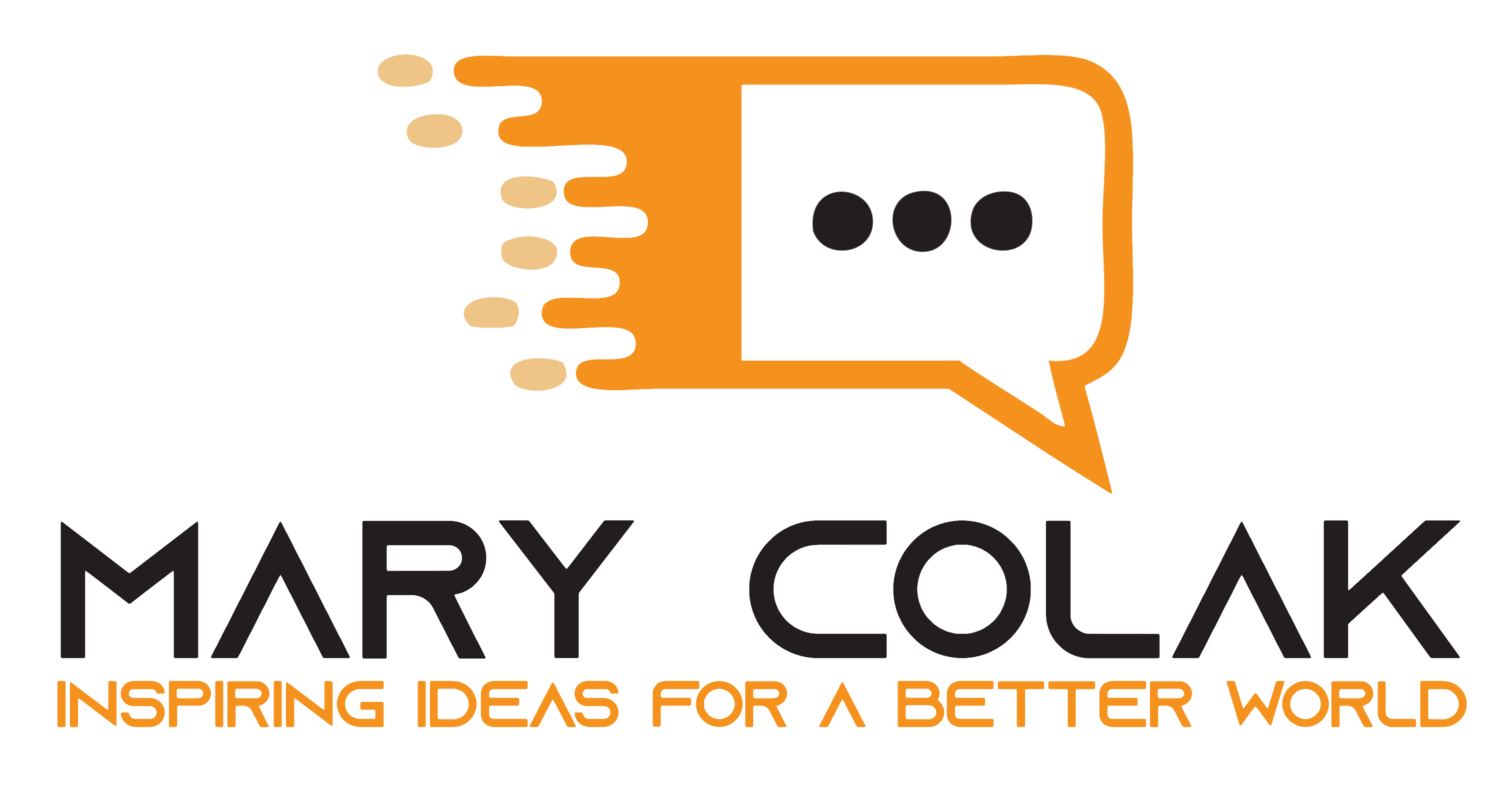The 97 percent solution, braking waste
The 97 percent solution
Edwards Deming, the father of the "quality movement," said that 97 percent of what happens to organizations is predictable and is caused by the "system," not the person. It is reasonable to presume, then, that an organization should be able to plan for and manage 97 percent of its operations. This includes waste in areas such as overproduction, delays, unnecessary transportation, too much inventory, defective products, defective design, complicated processes, outdated equipment, and poorly trained staff.
How much of your organization's time, money, people, systems, processes, and technology, is adding value to your organization's product(s) or service(s)? If your answer is less than 100 percent in any area, then your organization is not running an efficient operation nor is it as profitable as it can be. By eliminating activities or resources that do not add value to the bottom line, an organization can achieve measurable, immediate and sustainable results.
To help your organization become more efficient and help grow business quickly and cost-effectively, eliminate waste using the following steps.
Analyze your current situation. Set the standards that your organization needs to attain by measuring your organization's performance and comparing it to similar companies and to industry best practices.
Streamline and optimize business processes. Use diagrams and flowcharts to visualize problem areas. By removing business barriers such as silos, improvements can be immediate in information sharing and decision making across the organization.
Modernize existing assets. Technology changes rapidly and your organization needs to keep up if it is to remain competitive. Determine the overall effectiveness of your equipment and reduce its changeover time and downtime to remain efficient.
De-Clutter. An organized, clean, and well-maintained workplace can help reduce and eliminate product and service delays. A visually well-organized workplace also packs a tremendous positive psychological boost for a happier workforce. (If your workforce isn't happy, it's a guarantee that your customers are also not happy!).
Braking waste
According to analysis conducted by Nokia Seimens, overall industry profits could rise by 13 percent if all service providers operated at the same high level of performance as the market leaders. If your organization is not a high level performer, it is likely due to waste - wasted time, materials, or money. Profitable organizations are putting the brakes on waste.
There are a few things an organization can do to increase its profits. It can raise its prices for its products and services, it can sell more, or it can lower its costs. In an increasingly competitive global market, raising the selling price probably won't help unless you've already got a top selling brand. Selling more is a possibility, but that creates a lot of labour intensity and perhaps added marketing expense. The third option, lowering costs is the best option. What this means is that the organization becomes more efficient and effective by reducing waste and saving money - directly leading to an increased bottom line.
A profitable organization is a successful organization. Its success depends on its efficiency (doing things right) and effectiveness (doing the right things). If you believe that you can sacrifice one for the other, consider the following.
If your organization is inefficient and ineffective, the business will die quickly.
If your organization is inefficient but effective, the business will survive.
If your organization is efficient but ineffective, the business will die slowly.
If your organization is efficient and effective, the business thrives.
Is your organization dying, surviving or thriving?


